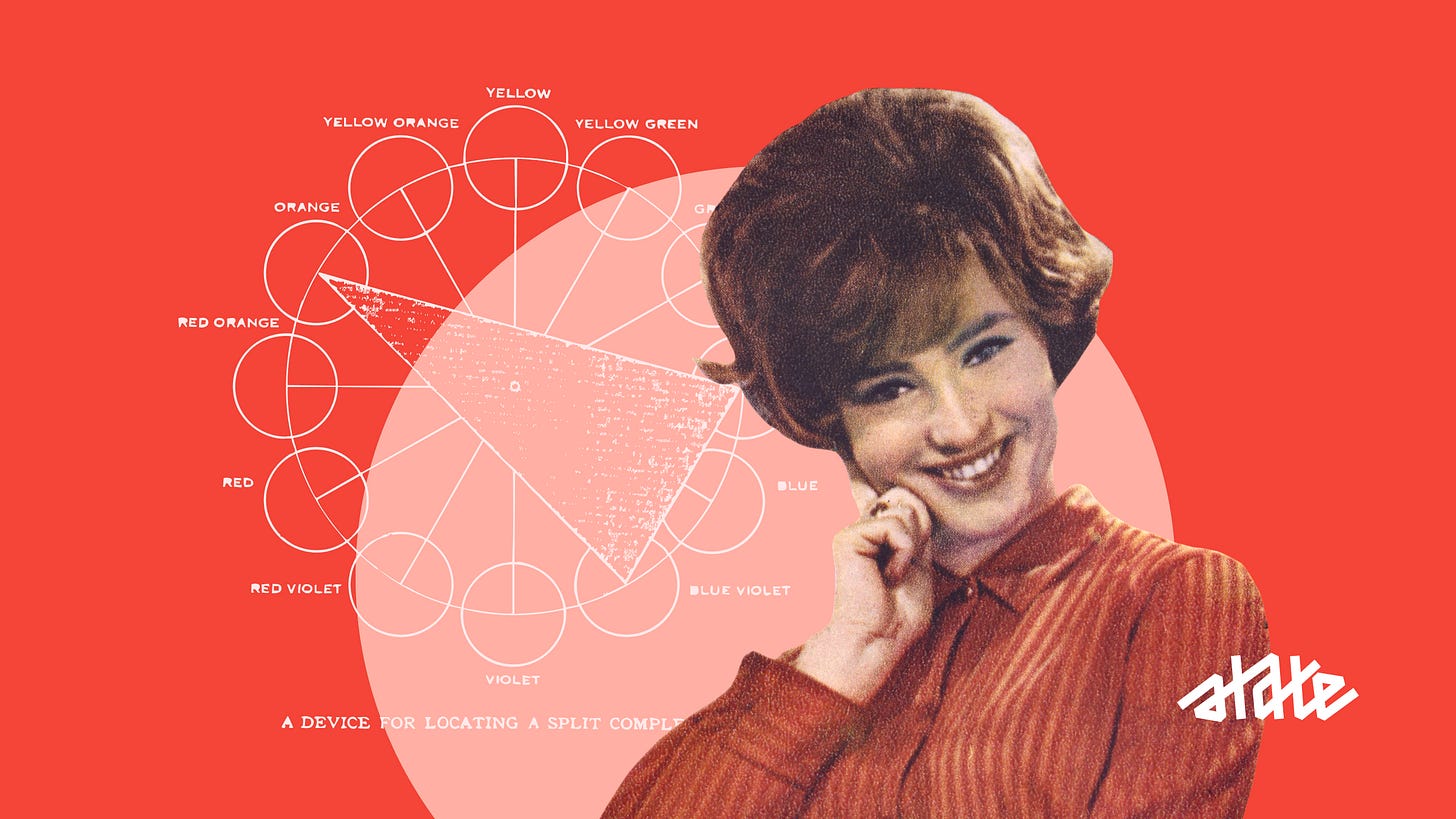The Excavation of Brand Truth
The designer’s true skill lies not in creation, but in revelation — brushing away everything that isn’t essential until only the truth remains.
Making a logo isn’t that hard.
As a creative director, my statement might sound heretical. The truth is, anyone with basic software skills can arrange shapes and type on a screen. Crafting logos, selecting typography, arranging color palettes — these skills can be learned, practiced, refined.
The challenge of design lies elsewhere entirely.
The Real Work
I recently heard Malcolm Gladwell discuss his process with David Remnick. “I don’t find the writing part hard.” Malcolm said, “The hard part is, can I sit down with somebody and understand who they are and what they’re trying to say and represent that in a meaningful and powerful way.”
This insight cuts to the heart of effective branding.
I’ve spent twenty years perfecting my craft only to realize that mastery of design tools merely qualifies me to begin. The real design work lies in discovering what these visual elements should communicate. Who needs to see themselves reflected in this work? What essential truth about the organization must shine through?
It begins with questions, not answers.
Listening for Truth
The interview process serves as archaeological fieldwork. Clients possess their own truth, often buried beneath layers of daily operations and market pressures. Our role as a designer becomes that of careful excavator, brushing away sediment to reveal the artifacts of differentiation.
People speak their truth in fragments — an anecdote about company origins, a casual observation about client relationships, an aspiration mentioned in passing. These scattered pieces contain patterns only visible when properly arranged. The patterns emerge more quickly now, but never without careful listening first.
Between discovery and execution lies the crucial phase of synthesis.
The Workshop Phase
In workshops and our Practical Brainstorming sessions, client insights combine with our external perspective. This collaboration tests assumptions and validates ideas about organizational identity. The process demands both structure and spontaneity — frameworks that guide exploration without limiting discovery.
Brand insights often emerge from the gap between what an organization believes about itself and what its audience experiences. This gap contains opportunity.
Organizations, like individuals, often struggle to articulate their distinctive qualities. They know themselves too closely to recognize what makes them remarkable. We’ve sat with CEOs who can explain complex operational details but struggle to articulate why customers choose them over competitors.
Our external perspective creates necessary distance. When we reveal the emerging patterns, recognition dawns across the table: “Yes, that’s exactly who we are.”
From Understanding to Expression
The most valuable question remains: “What makes you different in ways that matter to others?”
Answering this requires the same patience an archaeologist brings to a promising site. Layer by layer, conversation by conversation, we uncover what was always there. The brand doesn’t emerge from our imagination — it emerges from careful excavation of existing truth.
This archaeological approach mirrors Gladwell’s insight perfectly. Just as he must sit with his subjects to understand “who they are and what they’re trying to say,” we must excavate organizational identity before we can represent it meaningfully. The writing — like the logo design — comes after the understanding.
Great brands aren’t built from aesthetics alone. They’re unearthed through patient excavation, then translated into forms others can recognize and value. The designer’s true skill lies not in creation, but in revelation — brushing away everything that isn’t essential until only the truth remains.


